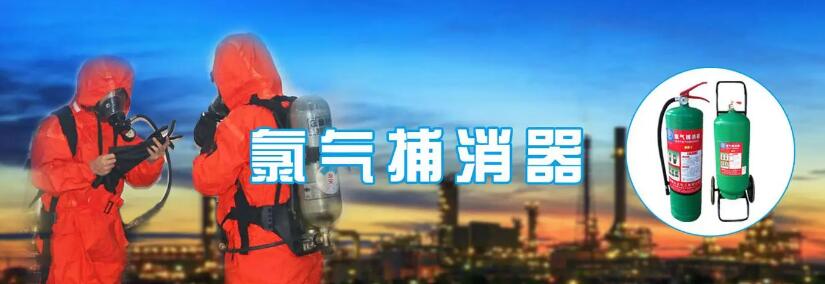Chlorine trap It is a kind of equipment used for hazardous gas treatment and elimination, and is widely used in chemical plants, pharmaceutical plants and other industrial production sites. The main components of chlorine trap are absorbent and waste gas treatment mechanism, which are the core components of chlorine trap.

1、 Absorbent
Absorbent is a substance used to absorb chlorine in chlorine trap. Liquid absorbent is usually used to decompose chlorine into non-toxic compounds or make it easy to treat. The selection of absorbent shall be based on the nature of treatment gas and process requirements to ensure optimal effect.
1. Activated carbon
Activated carbon is a bright black particle, and its surface has strong physical and chemical adsorption properties. When chlorine passes through activated carbon, it is adsorbed on the surface, thus minimizing the harm of chlorine. The adsorption process of activated carbon is reversible. It can be used repeatedly, but it needs heat treatment or chemical regeneration.
2. Sodium hydroxide solution
Sodium hydroxide solution is often used as the absorbent of chlorine trap. Because of its strong alkalinity, it can react with chlorine to generate hydrochloric acid and water, thus eliminating chlorine. Its use amount should be determined according to the concentration and volume of the treated gas to achieve the best absorption effect.
3. Ammonia solution
Ammonia solution is also a common chlorine absorbent, which can convert chlorine into ammonium chloride and react with ammonia water to generate ammonium salt. Ammonia solutions are generally divided into two categories: 5%~10% with lower concentration and 25% with higher concentration. Appropriate concentration shall be selected accordingly for their use.
2、 Waste gas treatment mechanism
The waste gas treatment mechanism is another important part of the chlorine gas collector, which is usually used to store or treat the remaining waste gas to prevent the leakage of hazardous gas. At present, there are several commonly used waste gas treatment organizations:
Activated carbon filter
Activated carbon filter is a device that can absorb chlorine in waste gas, and usually uses activated carbon with high absorption performance. The adsorbed hazardous gas will be fixed on the activated carbon to achieve the purpose of waste gas treatment.
2. Catalytic oxidizer
Catalytic oxidizer is a more efficient method for waste gas treatment. It converts hazardous substances in waste gas into harmless substances through physical and chemical actions, such as transforming chlorine into hydrochloric acid and water, to achieve the purpose of purifying waste gas.
Sodium nitrite oxidizer
Sodium nitrite oxidizer converts chlorine into hydrochloric acid and water by oxidizing sodium nitrite. Sodium nitrite oxidizer is a relatively simple and effective waste gas treatment mechanism, which is suitable for high concentration and large emission of dangerous gases.
In short, the main components of the chlorine trap are absorbents and waste gas treatment institutions, which can effectively eliminate chlorine and ensure a healthy environment in the workplace. When selecting absorbents and waste gas treatment organizations, appropriate methods should be selected according to the characteristics and needs of the treated gas to ensure the treatment effect to the greatest extent.














